Sacred Prostitute
Mary Magdalene: Was She or Wasn’t She?

Mary Magdalene: Was She or Wasn’t She?
Once upon a time, it was said that after Christ’s death, Mary Magdalene sailed the great Mediterranean seas accompanied by two other Marys in a rudderless boat with no sails. Miraculously they came ashore at the charming little town now known as Saintes-Maries-de-la-Mer, literally “the Saint Marys of the Sea,” on the south coast of France, near where the Rhône River joins the Mediterranean.
In those days it was part of the prosperous Roman colony of Gaul and definitely part of civilization. But, in tying the rudder in place, Mary Magdalene was seeking to follow the voyages of Odysseus, to see where the wind and the gods might take them and they had ended up here.
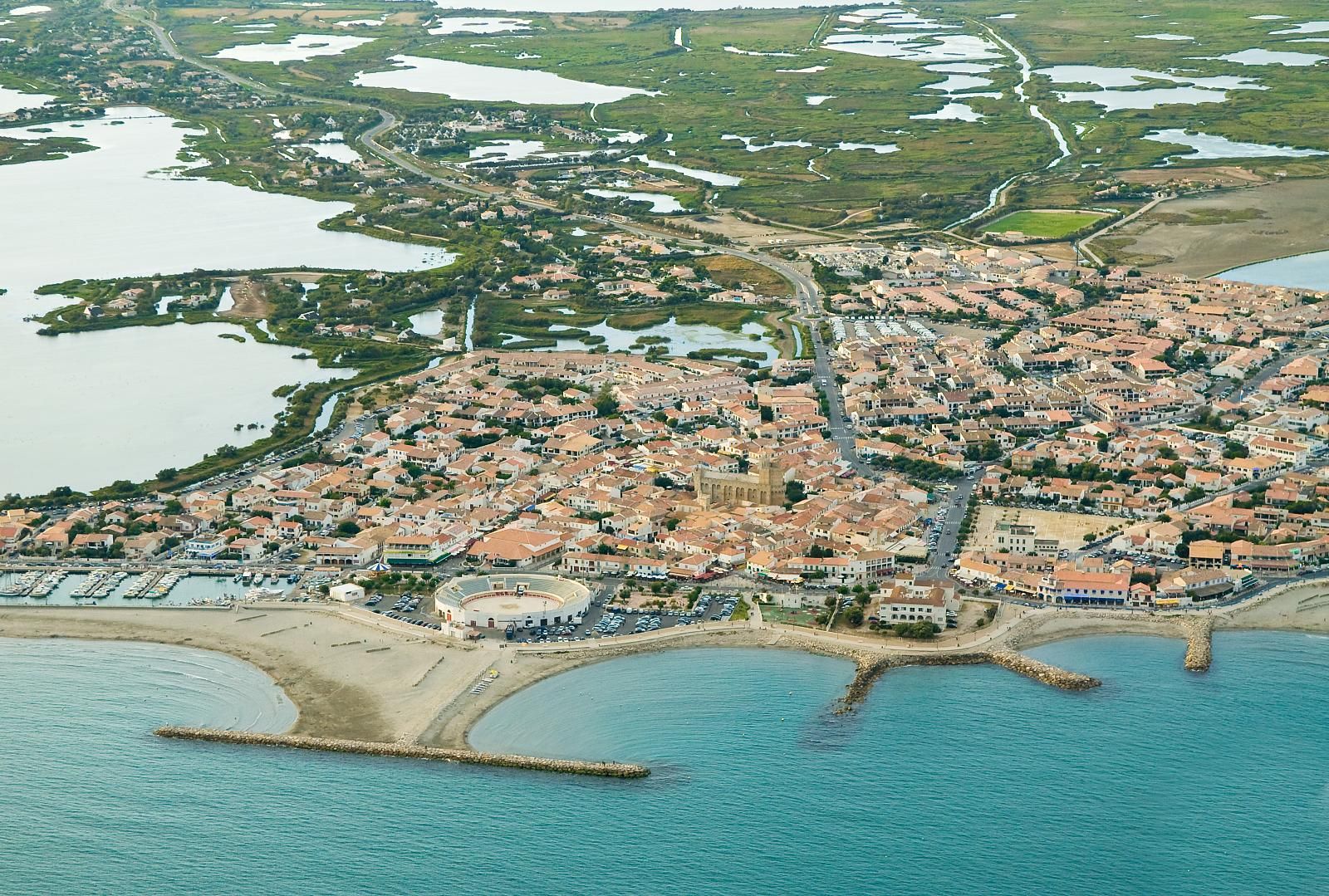
Of course, one might conclude that there are too many Marys in this story because they are so easily mixed up. There is Mary Magdalene herself, then Mary of Bethany, who had a sister named Martha and a brother named Lazarus, whom Christ had risen from the dead. All of them may have been in the boat. Then we have the Virgin Mary, Jesus’ saintly mother, who wasn’t in the boat, but who is said to have had two half sisters known as Mary Jacobi and Mary Salome, and they were in the boat. Some say that Saint Joseph of Arimathea and the Holy Grail were also on that boat but that is another story.
On the south coast of France they believe there were three Marys in that boat: Mary Magdalene, Mary Jacobi and Mary Salome. They also believe that Mary’s boat voyaged first along the north African coast, where they picked up a Black servant girl named Sara, generally known as Sara the Egyptian or Sara-la-Kali (Sara the Black), before they washed ashore in Gaul. Some say that Sara was actually the daughter of Jesus and Mary Magdalene, disguised as a servant to hide her true identity.
The church at Saintes-Maries-de-la-Mer is still a popular pilgrimage site in the Camargue, where they celebrate the arrival of the Three Marys every May and October and the relics of Saintes Mary Jacobi and Mary Salome are said to be there to this day. The Gypsies (Romani) have their own festival there in May, because Sara became the Romani people's patron saint - Saint Sarah - and her relics are there too. But this prompts a question Dan Brown’s readers have long been asking: just what exactly was this ex-prostitute up to in that boat?
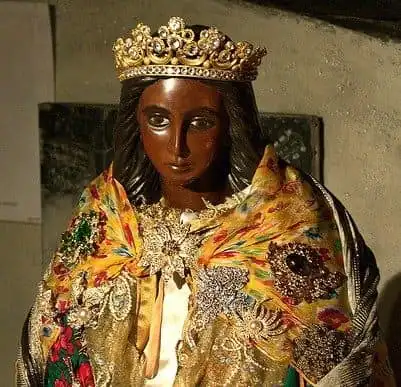
SACRED PROSTITUTE
In 591 AD, Pope Saint Gregory I (the Great) announced that all those Marys in the Bible (other than the Virgin Mary) were one and the same person -- Mary Magdalene. Gregory’s announcement certainly simplified a lot of things and it suited the French of le Midi just fine.
They had long believed that Mary had sailed to France in order to spend the last 30 years of her life evangelizing the Provence. It was well known that she later retired to the grotto of Sainte-Baume in the Alps of Provence (shown below), and this in turn became another pilgrimage site. We know all this because, miraculously, in the 11th century, the Cistercian monks of Vézelay in Burgundy discovered that Mary Magdalene’s bones had been in their monastery all along, moved there from the grotto for safekeeping from Muslim invaders. As they hoped, Vézelay became yet another pilgrimage site and it was from the steps of this old cathedral that the Second Crusade would be launched by Bernard of Clairvaux (more on him later). Not to be outdone, the monastery of Saint-Maximin near Sainte-Baume claimed that, no, in fact they had had the authentic relics (that’s four pilgrimage sites so far, if you’re counting). The great rivalry between the two monasteries that followed was only decided last century when scientists were called in and the results favored St. Maximin, whose bones were determined to be of a Mediterranean woman from the right period. They added that her face was very beautiful, though one wonders how they figured that out.
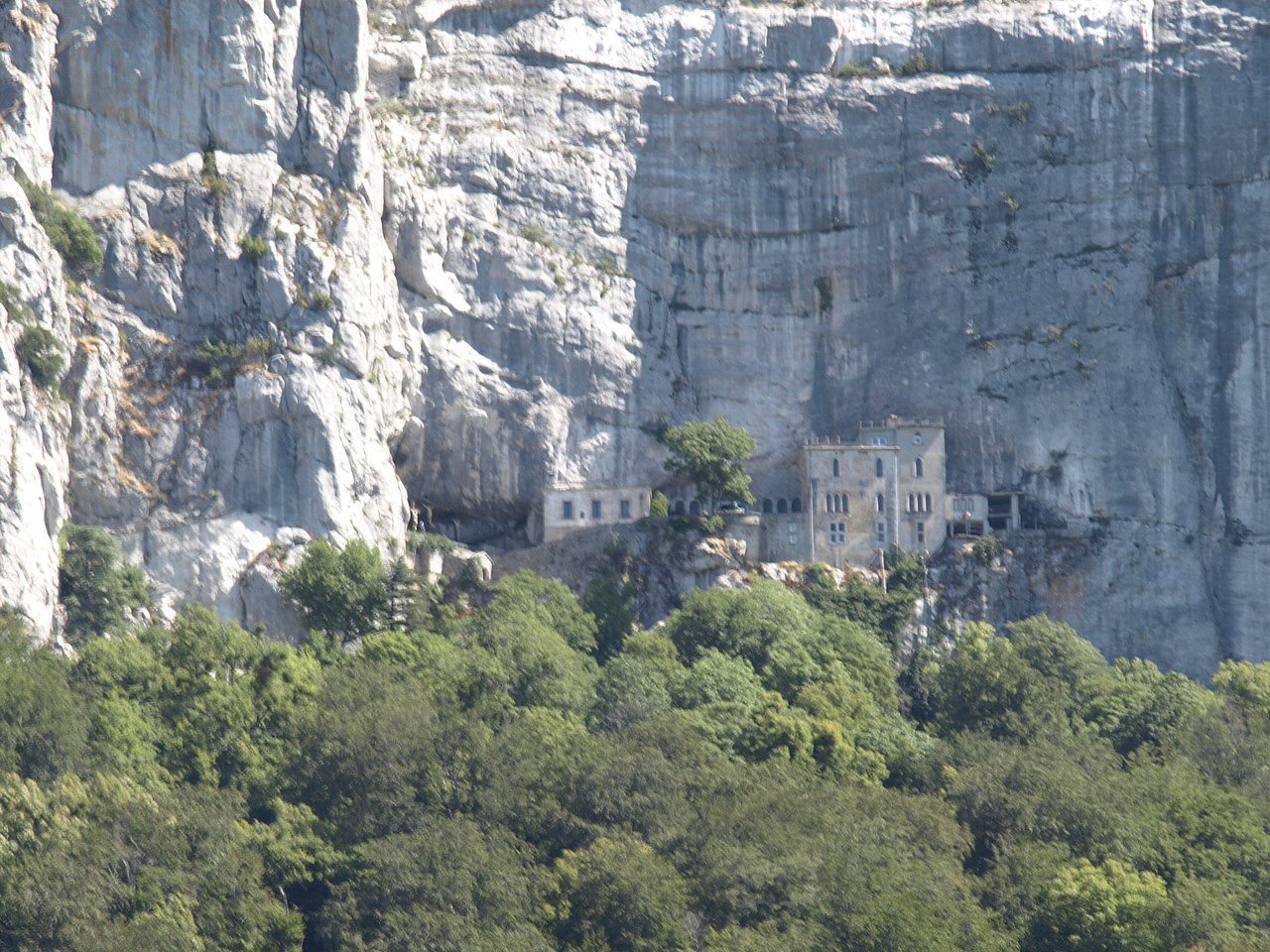
Today, of course, the Catholic Church dismisses these stories as fictions and the Eastern Orthodox Church and most Humanist scholars since the 16th century have argued that the many Marys described in the Bible were different women and that none of them ended up in France. They say that if Mary Magdalene’s travels after Jesus’ death can be traced at all, then she died in Jerusalem or she accompanied St. John the Evangelist and the Virgin Mary to Ephesus in what is now Turkey, where both women died as missionaries. This is all very well but it gets in the way of a good story.
Mary may not have stayed in France permanently. There is a story that she returned to Jerusalem with her friends and, while they were there, her colleague Saint James was martyred by Herod. Obliged to flee once more, they set sail for Spain under Martha’s leadership and accompanied by St. James’ head! There, in Spain, they successfully evangelized the entire country. The famous shrine at Santiago de Compostela in Galicia in the west is dedicated to him (Santiago being Spanish for “St. James”). Regrettably, the religious authorities have never clarified what became of his head. At any rate, Mary must have returned to Provence. There her work would one day inspire Saint Teresa of Avila, who is worshipped at Spain’s other major pilgrimage site.
Puritanical intellectuals and religious fundamentalists will insist otherwise, but the beauty of the great stories of each and every culture is that they may be changed and fought over. People constantly embroider simple tales into beautiful tapestries and then the political, religious and academic authorities attempt to regulate them. In Saintes-Maries-de-la-Mer, Mary Magdalene is not a legend belonging to the folklorists or a history belonging to the historians or even an exclusively religious figure. She is a tradition belonging to the people and they seem intent on keeping her alive.
In contemporary French life, or at least in le Midi, a good number of the religiously inclined have remained fond of Mary, who is and always will be the patron saint of prostitutes. She is Marie Madeleine, prostituée sacrée, a powerful symbol of love and rebirth.
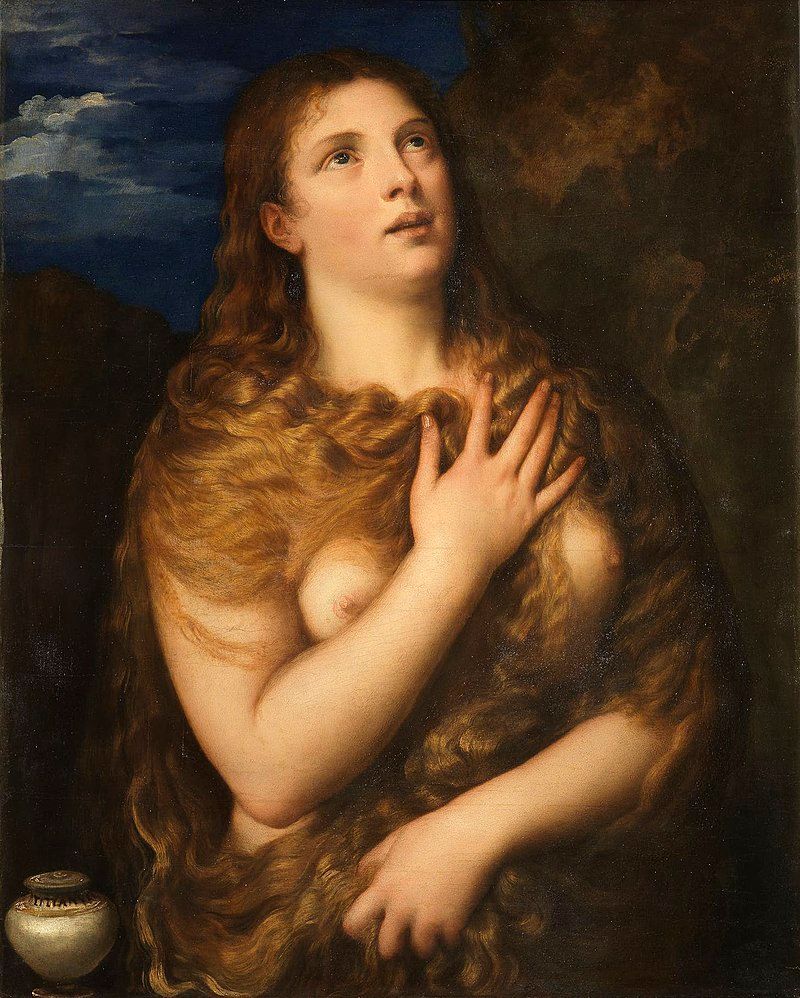
MARY MAGDALENE IN THE BIBLE
So was Mary Magdalene just another prostitute? For centuries there wasn’t much controversy about it. Few even thought of her as Jewish. In the Bible we read that she was present at the Crucifixion and the Resurrection and little else, but we assume that Christ saved her from a life of sin and turned her into a believer.
Over the last 50 years, many scholars, both male and female, secular and religious, have complained that much has been left out of the Gospels (“Good stories”) by Matthew, Mark, Luke, John... and Paul. The gospel writers stand accused of patriarchal values because they left out the saucy details. The scholars have asked a series of provocative questions: what exactly was Jesus’ relationship with Mary Magdalene? Was their relationship sexual? Wasn’t it normal for young Jewish men to be married by the time Jesus and the disciples were preaching in the Galilee? If so, why there is no mention of their wives, aside from Peter's? Was Mary Magdalene, in fact, the leading apostle? Was she married to Jesus? Was Jesus a widower or divorced? Were there infertility problems? Was Jesus rather too interested in women? Was Mary older, with one marriage behind her already? The disciples themselves were mostly under the age of 20. Was the Crucifixion an elaborate deception and were Jesus and Mary married later after the fuss died down and they had three children? And what exactly was Jesus’ relationship with Lazarus (“the one you love” – John 11)? Above all, was Mary ever a prostitute and, if she was, what was the nature of her special mystique that she has incited all these scholarly reinventions? Was she from someplace else altogether, like Egypt? Was she Black? Has the true story been suppressed?
There is a manuscript known to religious scholars as the Gospel of Philip, which was recovered in Egypt in 1945. It is said to have been written by the Valentinians, a 2nd century Christian sect, who placed a greater value on marital sexuality than on virginity. This is an interesting distinction. In this manuscript, they refer to Mary Magdalene as Christ’s “partner” and “spouse” and that he often kissed her on the mouth. This is all the more startling given the early Christian writers’ horror of sex. In another manuscript, the Gospel of Mary, which was rediscovered in Egypt in 1896, an even more intimate relationship is hinted at. Then there is the controversial fragment known as the Gospel of Jesus' Wife, which is the size of a business card, in which Jesus is quoted referring to his "wife." The context appears to mean Mary, but most experts believe it is a forgery. Regardless, who were those early Christian provocateurs – the Gnostics – who wrote such extraordinary things and why were their views suppressed so successfully from history?
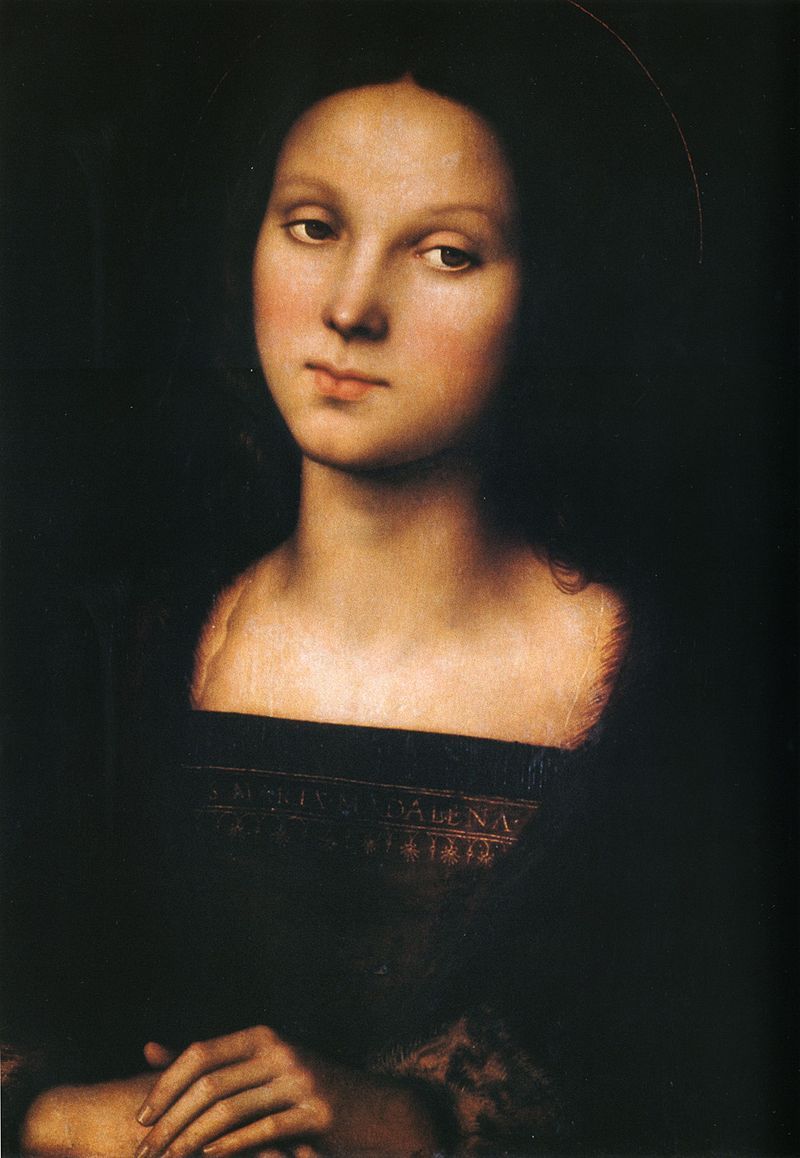
The negative view of Mary Magdalene prevailed for what now seems like political reasons. Throughout the Middle Ages and into the Renaissance there was a deluge of stories, sermons, and paintings of Mary the famous sinner and penitent woman. One imagines that for better or worse, religious and artistic figures wanted to inject sexuality into the debate, rendering Mary Magdalene as almost as important among Jesus’ women as Mary, Jesus’ mother. For most, the Magdalene’s story was a powerful moral lesson for others to learn from. A prostitute was clearly a good model for women to avoid and men and women must keep their distance from each other. But, equally, there must have been many with subversive intentions, who wanted to find a way to inject sexuality into daily life. The logical next step – which we see today – is to argue that she wasn’t a prostitute at all. Either way, the sexuality of Mary Magdalene is coming to assume almost as prominent a role in the Christian church of today as it did in medieval times.
As every critic has been quick to point out, there is just one problem with all this: there are so few references to Mary Magdalene, and women generally, in the New Testament Bible. Feminist theologians think they know why. They argue that in the early years of the Christian church there was a power struggle between Mary Magdalene and the apostle Saint Peter, who was regarded as Jesus’ Number Two. They argue that Peter had a lot to do with the fact that the original gospel writers left out all the interesting personal details about the women in the apostles’ lives. Whether this was to respect the women’s privacy in keeping with 1st century proprieties or to minimize the role of Mary and the other women and emphasize his own primacy, we will never know. Saint Luke blandly writes, in chapter 8, verses 2-3 of his Gospel, that the women “were assisting (the men) out of their means.” Does Luke mean just the cooking and washing or did some of the wealthy women whom Jesus met also contribute financially? One theory has it that most of the apostles were married and their wives traveled with them, but perhaps it was the wealthy independent women like Mary and Salome who bankrolled the enterprise. It seems unlikely that this was the limit of their roles in building this new religious faith.
To many Christians today these questions are sacrilegious, but to feminist theologians it is bracing stuff, for the simple reason that the Catholic Church has resisted allowing women priests on the grounds that none of the apostles were women. That is a mistake. Sexuality has always been repressed by church authorities and we all know where that has led in recent years, as one scandal after another of sexual abuse by priests has erupted into public life. Evidently there were quite a few women in Christ’s life too. Perhaps missionary work was compromised by scandals with prostitutes? Perhaps Christ was unable to resist a pretty face? Surely women flocked to him every time he opened his mouth, if his oratory was so magnetic.
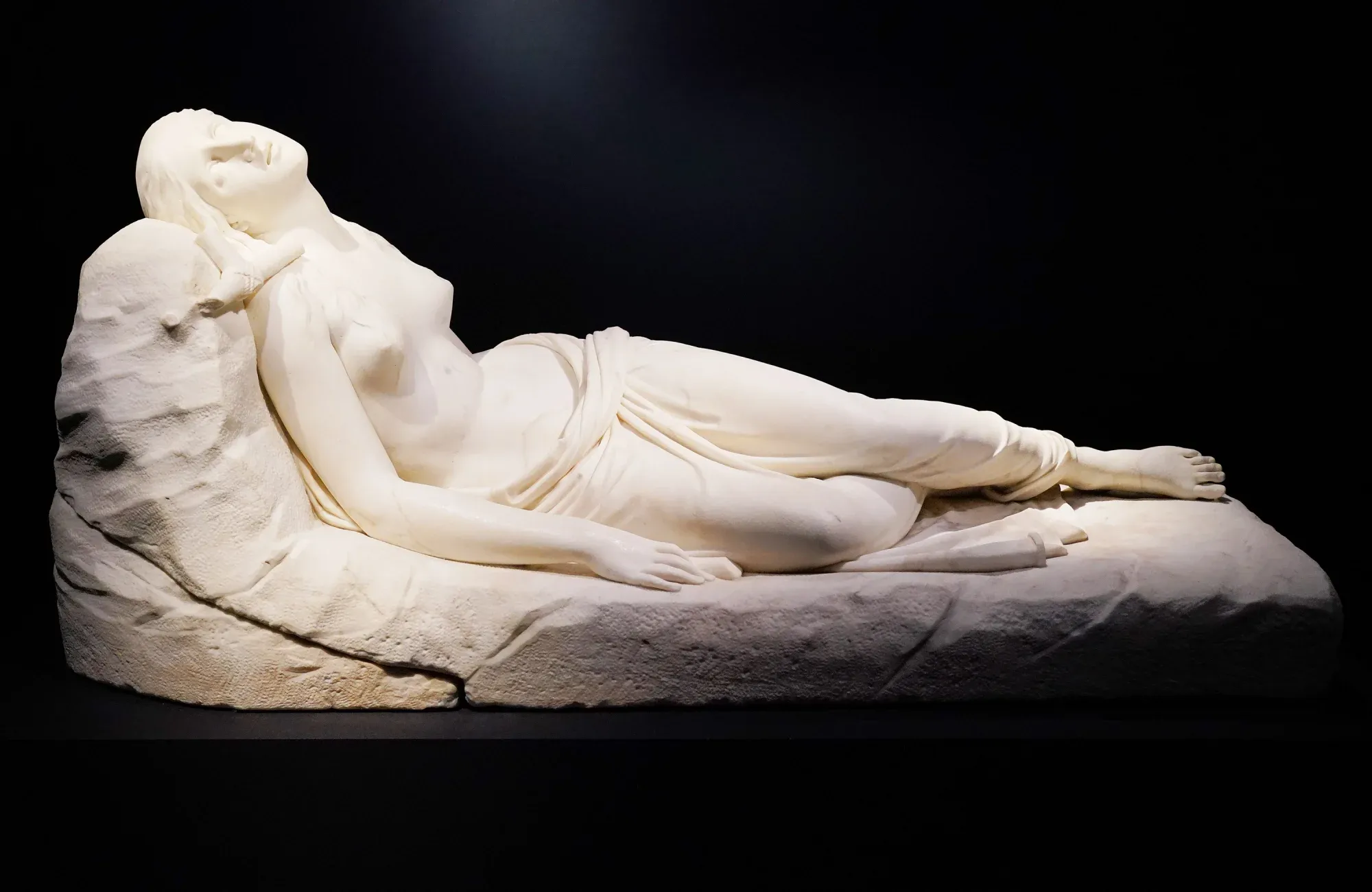
The first reference to Mary Magdalene in the Bible is in Mark’s Gospel, in the longer (and disputed) ending of chapter 16. There we read that Jesus had cast seven demons out of her. This is where her problems began, for everyone assumes, as Mark may have meant them to assume, that this means she was a prostitute. Some scholars have connected the seven demons and the seven deadly sins, as if she had them all. If one takes a more psychological approach, perhaps she suffered from epilepsy and a mild form of manic depression. Whenever she had an attack and started writhing on the ground, some people evidently thought it was sexual ecstasy.
Surprisingly, that reference in Mark is the only time Mary appears in the Bible by name in any role before Jesus’ death. But there is another earlier incident that has become identified with her and it appears in all four Gospels. For example, in Luke’s Gospel 7:36-50, when Christ was in Capernaum he was invited to dinner by Simon the Pharisee. (The Pharisees were Jewish religious nationalists who resisted the Roman occupation and maintained they were more religious than anybody else, which is why they got their reputation as hypocrites. They are still around today.) Simon also invited a “woman known in the town to be a sinner” to be one of the dinner guests, perhaps in order to tempt Christ. While Christ reclines at a table, this unidentified woman weeps as she stands by him and her tears fall on his feet. She wipes them with her hair, kisses them and perfumes them with oils. For Simon the Pharisee this was a vile erotic spectacle of the fallen woman with her sensuously long hair and the extraordinary dinner guest. Simon acted scandalized in front of the other dinner guests, but Christ turned the tables on him by defending the woman, arguing that as she felt repentant she was therefore pure of heart, implying that Simon, who believed himself to be pure, was a sinner. Simon missed the point of course.
It may well be the same occasion that is described, only slightly differently, in Mark 14:3-9, Matthew 26:6-13 and John 12:1-8. The dating of these events and the details vary but could this be Mary Magdalene? In John, the woman actually is identified as Mary of Bethany, the sister of Lazarus and Martha that we met in the boat. She anoints Jesus’ feet and dries them with her hair (in Mark, the woman anoints Jesus’ hair, not his feet). This is where Pope Gregory’s pronouncement that there was only one Mary – Mary Magdalene – comes in, for it certainly simplifies things. But if this woman wasn’t Mary Magdalene, why suppress the role of Mary of Bethany and her sister Martha? Conspiracy theories abound and some would say that the sisters were in on the planning that would lead to the Crucifixion and Resurrection, in fulfillment of the Messiah prophecy, something the male apostles had no inkling of and which they may have opposed. In other words, were Mary Magdalene, Mary and Martha, Salome and other women, the true founders of Christianity and did sexuality play a larger role in Christ’s ministry than has been acknowledged?
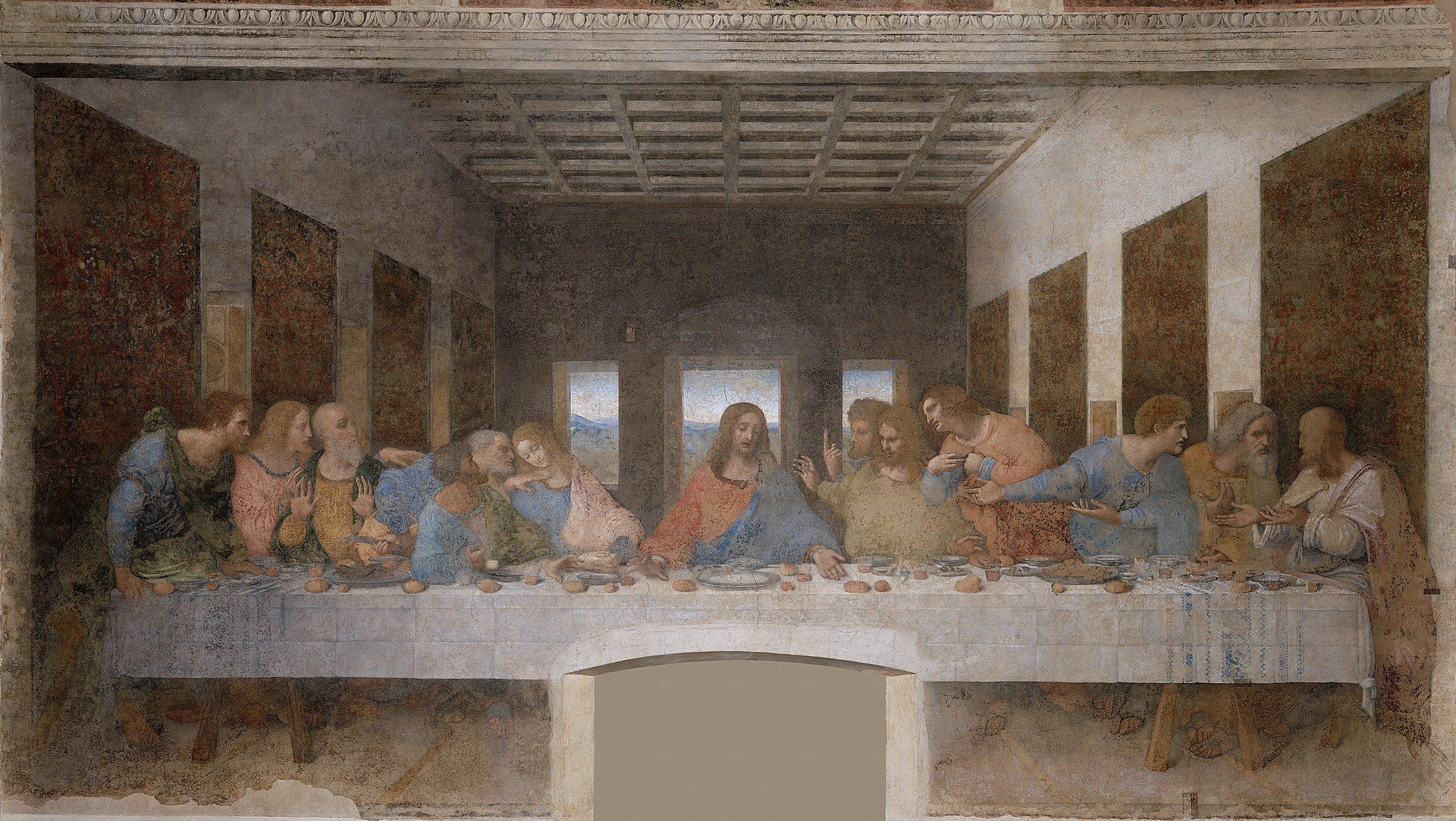
After Christ’s crucifixion, Mary Magdalene is referred to several times by name and everything turns on whether she was the first to see the risen Christ. If she was, then this certainly boosts her case, for that means he chose to reveal himself to her, rather than to the men – important symbolism for the rise of the new church. According to Saint Paul, who probably wrote first, and gospel writers Mark, who wrote second, and Luke, who wrote fourth, Christ made his first appearance to Saint Peter. Subsequently, however, Matthew (who wrote third) and John (fifth) both said it was to Mary. This difference of opinion is crucial. Feminist writers argue that when Mark wrote his Gospel, he came to a halt at chapter 16, verse 8. By stopping there, they argue, Mark deliberately eliminated the verses (9-20) in which Mary Magdalene tells of her experiences seeing the risen Christ. The feminists claim that Mark and Luke just couldn’t bear the fact that Christ appeared to a woman first. They conclude that when those verses are restored, they qualify Mary as the leading apostle. Most Bibles now include these verses (Mark 16: 9-20), believing them to be inspired, even though the editors are fairly sure Mark didn’t write them. Thus Mary trumps Saint Peter who, after all, was the one who in a moment of weakness denied knowing Christ three times, while Mary and the other women risked their lives going back to the tomb to anoint Jesus’ body. We presume that Saint Peter won the power struggle, laying the foundations of the Christian church while Mary went off into exile.
A GOOD JEWISH GIRL
If we pursue another line of thought, Mary grew up like any other good Jewish girl living in the Galilee. She was born into a wealthy Sadducean family living near Tiberias, the Roman capital of the area, where originally she may have observed traditional Jewish religious values. Tiberias was a lovely resort town of thermal baths, gymnasiums and the good life.
Mary’s last name was long thought to be derived from Magdala, a small resort town just along the lakeshore that developed a racy reputation. The reason for this may have been that the Sadducee families, unlike the Pharisees, believed in mixing in with Greco-Roman society and in adapting themselves to their culture rather than resisting it. Many families became wealthy, and perhaps Mary dressed in the latest fashions, as did her friends. Ancient and medieval painters give her long auburn hair to enhance her sexual allure, which is very flattering of them but, stereotypes aside, perhaps she had no need of auburn hair to attract men. Perhaps they came readily enough.
Before she met Jesus, she may have had her heroines from the dominant culture, including Cleopatra. In Cleopatra’s case it had ended in a tragedy, a forced suicide in the previous century. But she had been a powerful queen and young people still believed, as they always will, that great changes were in the wind. The prophecies certainly pointed that way. Mary would have been familiar with the stories of Esther and Judith, two courageous Jewish princesses. Then there was Salome (no relation to Mary Salome), who had made herself forever famous imitating Judith when she asked for the head of John the Baptist and got it.
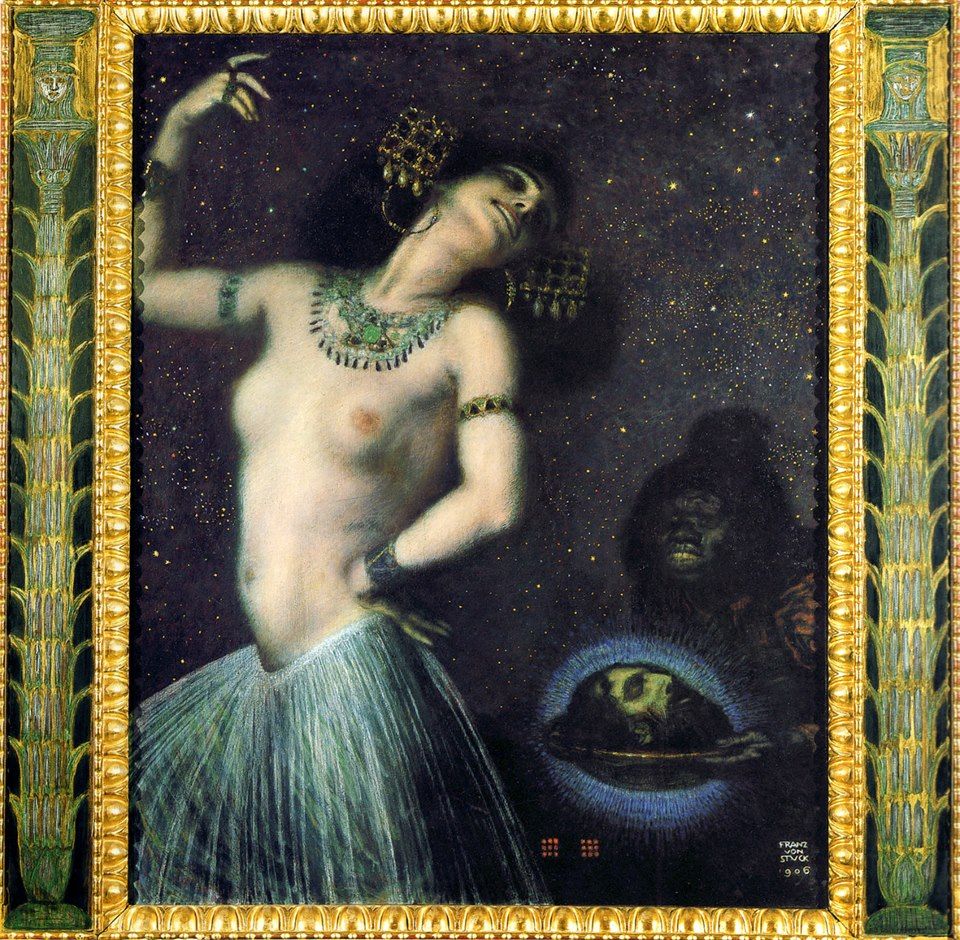
There is almost as little known about Salome as there is about Mary. We know her from Matthew 14 and Mark 6 and, although the names are Greek, Salome too was Jewish. The story begins when Salome’s mother divorces her husband and marries his brother. John the Baptist strongly condemned the marriage, which resulted in his arrest, ordered by King Herod, the governor of Judea and the most powerful man in the land. A short time later, when Salome dances before Herod, he is so impressed that he offers her anything she wants. Following her mother’s advice, she asks for the head of John the Baptist. That is when things get interesting: did Salome fancy John, a somewhat older and charismatic man? Did her mother fancy him? What kind of sexual thrill can be derived from having the severed head of one’s love object delivered on a plate? Certainly Oscar Wilde thought it had potential and, after extensive research into all the famous paintings on the subject, he dramatized it in the play Salomé, most of which was written in 1891. These days it reads as a sexual fable of homosexual desire, just like the more celebrated The Picture of Dorian Gray, which he published the same year. Wilde improvises wildly, with Salome lusting after John and Herod lusting after Salome and she’s dead by the end. Wilde’s play is completely over the top of course, but Wilde himself fits the Salome role, projecting his “berserk passion” for Alfred Douglas, destroying his love object in order to capture it. But the play did ensure Wilde’s lasting fame in Europe, where his true masterpiece The Importance of Being Earnest did not.
Initially Mary Magdalene was not a celebrity like Salome but she may have been tarred with the same brush. Unlike Salome, Mary may have resented the fact that her fellow Jews cultivated the mentality of a colonized people, believing that only the women showed any willingness to resist. The fact that she went to parties at the Roman palaces in Tiberias may have been enough for traditional Jews to start calling her a whore, which was a bit hypocritical, since it didn’t stop a few of them from sleeping with her, including Judas Iscariot. Well, so the story goes. Greeks and Romans had fewer reservations about sex. In fact, they didn’t even have a word for “sin.” Compare that with the New Testament, written in Greek by Jewish intellectuals where the Greek word for sexual love, “eros,” does not appear at all. Saint Peter, for one, could not read or write Greek, but Mary could. On matters like homosexuality, for example, Jewish culture was deeply resistant while Greeks and Romans considered it a more acceptable lifestyle choice.
At a certain point, though, Mary may have become sick of all this. It took its toll on her physically and psychologically. She started taking an interest in the Jewish activist, Jesus Christ, whom many saw as a successor to John the Baptist. Salome also showed interest, possibly appalled at what she had done and she became basically your typical teenage runaway rich girl. Luke mentions it in his Gospel, not that he bothers to go into any detail. Jesus offered both women a way to make sense of the hostility they felt from their own people, a meaning to life. Most commentators think Mary’s relationship with Jesus was platonic and that despite her physical charms (and his), the relationship was intellectual and spiritual, not physical. They may have been right, for all we know. Jesus was a sexual revolutionary but did he need to consummate his sexual nature? For some people, simply being together is emotionally satisfying, so it’s not so easily dismissed. It certainly took courage on his part to associate with single and foreign women.
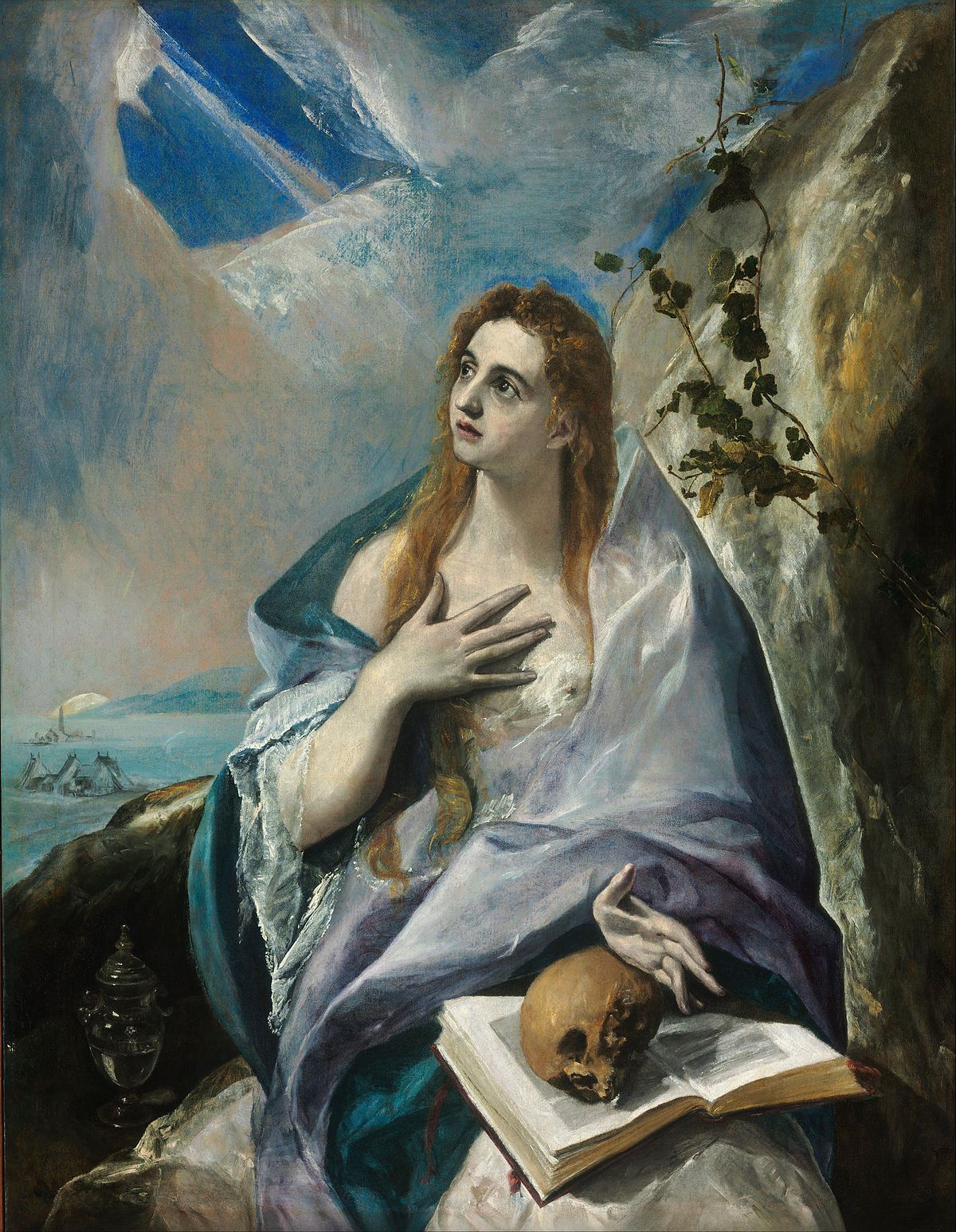
SYMBOLIC VIRGINITY
Mary Magdalene as a fallen woman, like Eve the vile seducer or Jezebel or Delilah, who betrayed their men, is a lot more interesting than Mary the apostle. How great it is to read Martin Luther’s words: “Mary loved Christ with a hearty, lusting, rutting love.” Rutting is such an evocative word, suggesting Circe’s pig sties and out-of-control carnal affections. Mary does not fit into the Bible’s notion of the good woman.
As everyone knows, there are only two acceptable roles for women in the Bible’s world: mothers and virgins, ideally both together in the same person, as with the Virgin Mary. That is why the Church has labored mightily in the Virgin Mary’s honor over the centuries and built cathedrals of Notre Dame to her all over the world. Then there is the unacceptable woman: the whore – the other Mary, Mary Magdalene. She has no cathedrals but she has lots of churches, for even she is redeemable.
For virginity can be restored symbolically, it would seem, through penitence and God’s grace. That is why, in the works of the great medieval painters and wood-carvers, Mary is generally seen weeping, either for her past sins or in her great relief. Even in medieval times this was all considered a bit excessive, resulting in the word “maudlin” (which is derived from “Magdalene”). But symbolic virginity is still important – even today, judging by the number of stories about women from more traditional cultures who have been known to fake virginity before their marriage by surgical and other means to protect themselves against their husband’s suspicions.

Symbolic virginity was extremely important back in the Middle Ages. For example, in the monasteries of Provence and Burgundy, the holy fathers turned Mary Magdalene’s shame into a sacred ritual of olfactory ecstasy that practically mimicked sexual ecstasy. The Cistercians considered the act of anointing with perfumes, oils, ointments and incense to be vitally important to their spiritual lives and it’s easy to see why. Who would argue that perfumes do not exert a powerful erotic charge on us? The tradition spread northwards from Provence where the heat and the scent of lavender and jasmine can be intoxicating. There were those who argued that feminine perfumes and the makeup used by Provençale women needed to be condemned regularly. That is also why the Magdalene’s anointing Christ three times has become the subject of vast scholarship seeking to understand this troubling erotic dimension. For, unfortunately, feminine charms can lead the brothers to their destruction. Saint Bernard, Abbot of Clairvaux, whom we met elsewhere, was obliged to ban his monks from seeing even their own mothers and sisters. As sons of Adam they must repress their sexual desires when Eve called, they must inflict physical discomfort on themselves and transfer their desire onto the sensual pleasure of inhaling deeply. As they reflected upon the scent of perfumes wafting on the air and listened to the preacher’s sermon, they could approach God in humility. The incense had to be completely pure. Just as Mary’s own life was purified, incense could fill the house like a sinner’s repentance filled their souls. Anointing became a metaphor for conversion. But the other equally important reason was that the brothers retained their virginity while also experiencing sexual release.
Mary Magdalene’s feast day is July 22. On that day, Saint Bernard always lectured the prostitutes in the hope of lighting the fires of salvation within them and he encouraged his brothers and sisters to establish Magdalene houses all over Europe to offer fallen women a new way of life, working in laundries, in the anglophone world at least. Mary Magdalene was a powerful symbol in the fight to stem the growing tide of prostitutes who were swarming all over Europe. Mary never caught on further south or north in Europe, where they take life more seriously, but she did manage to enter Britain through the dark tales of King Arthur. She is sometimes associated with Morgan le Faye, the enchantress who was Arthur’s sister, and with Guinevere, the Magdalene queen weeping bitter tears in her castle at Camelot after her disastrous affair with Lancelot. Today these sites in France, Britain and Spain have great appeal to the modern pilgrim, who these days is just as likely to be an agnostic tourist as a practicing Catholic. One couldn’t do much better next vacation than to try out the popular pilgrimage routes to Santiago de Compostela, for example from Vézelay to Saint-Jean-Pied-de-Port before crossing the Pyrenees into Spain.

THE WHORE OF BABYLON
Dan Brown’s The Da Vinci Code is relevant to Mary Magdalene notably for its idea that Jesus Christ and Mary were married, had children and, of course, descendants who are around today. Brown pulled his ideas together from a variety of sources that were already out there, notably the 1982 bestseller Holy Blood, Holy Grail, by Baigent, Leigh and Lincoln (two of them sued Brown). Like Brown those writers tapped into broad intellectual currents that have flowed underneath and alongside the dominant stream, not just for the last few decades but for two millennia.
If their stories are indeed true, and who is to say they aren’t, well it doesn’t really matter, since the more important point is that the official histories we have been handed down are fictions too, just like the hoaxes described above. Many of the latter are wonderful New Age nonsense, including the notion of the Sacred Feminine that has appeared in countless feminist writings since the 1960’s – Mary Magdalene's womb as the Holy Grail ? They are a lot of fun though, a point that was missed equally by religious fundamentalists and the highbrow critics of The Da Vinci Code, and they do serve to challenge the official narratives.
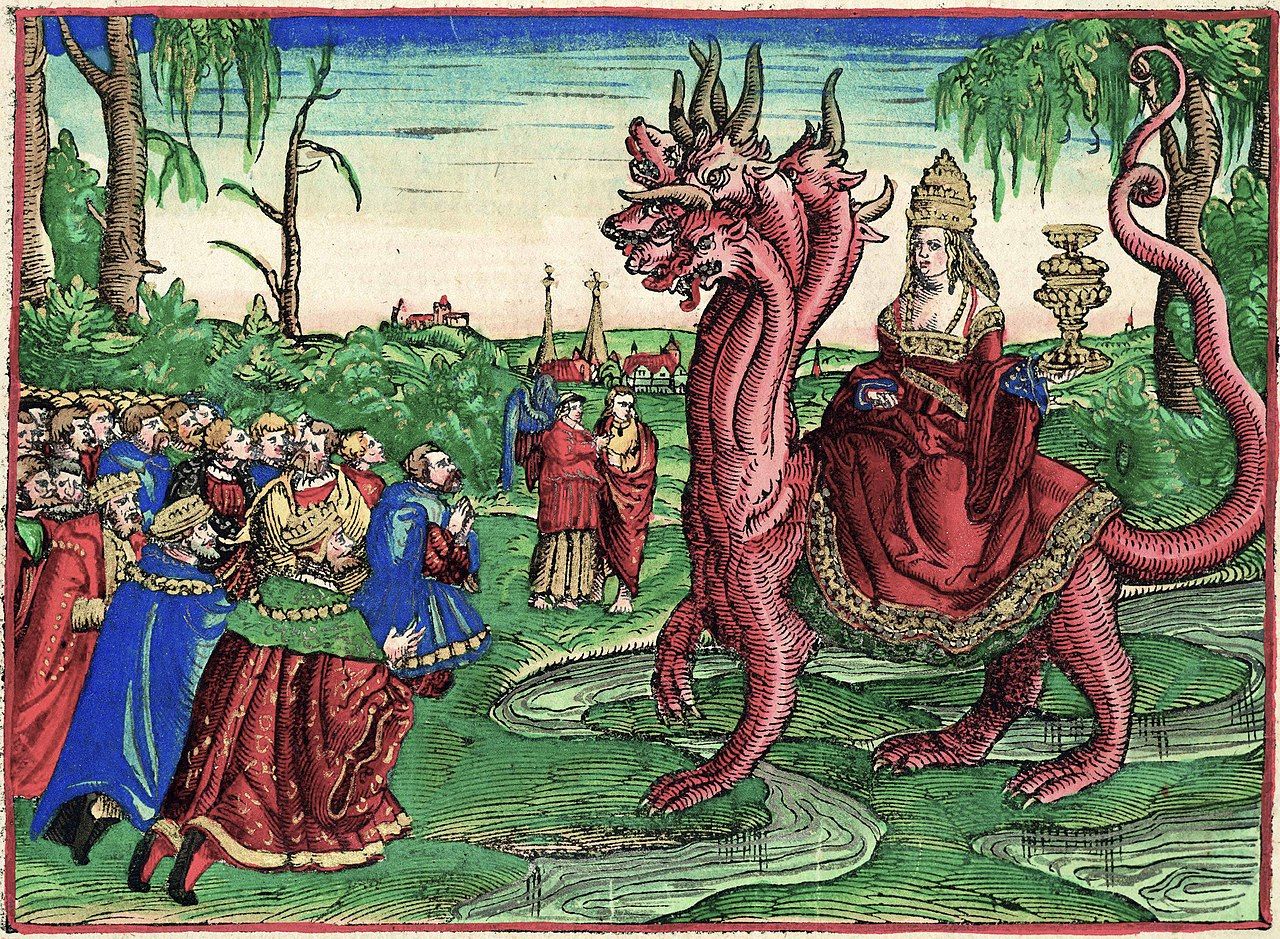
A similarly intriguing idea can be found in Lynn Picknett’s Mary Magdalene: Christianity’s Hidden Goddess (2003), in which she argues that there is a strong possibility that Mary was from Egypt or even Ethiopia, implying that she was Black. Mary was, she writes, a “black goddess-worshipping priestess…a lover of Jesus and his spiritual equal, if not his superior” (p.241) and she may have come from the town of Magdala in Ethiopia. Not only did the Catholic Church suppress her story from the gospels by selecting only the source material that suited their agenda, they altered everything else as well. Picknell asks whether Jesus and his circle were a group of unpleasant, if charismatic fanatics? Certainly they were considered fanatics at the time and still are by many Jews today (do many Christians know this?). Were they conjurers and charlatans too? At the very least they wanted to shake things up in the ancient world. Then there is the question of whether Jesus himself was Black or Brown, a man of color, a controversy that rages today.
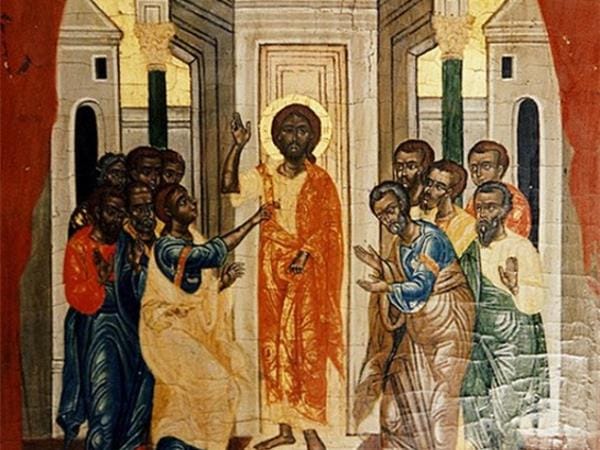
The issue here is not whether the stories promoted by the Pope and traditional Christian churches are right or wrong. The issue is that we now have a ferment in intellectual and cultural history at the beginning of the third Christian millennium that duplicates the one two thousand years ago after Christ’s death and one can well ask whether history is repeating itself. Even the issues and positions are the same! Traditional believers line up with Saint Peter and Saint Paul stridently defending the Bible’s literal truth; in their corner are the religious films of today, notably Mel Gibson’s The Passion of the Christ. Agnostics, when they can be bothered, would prefer to line up with Mary Magdalene and the Gnostics; in their corner are the parodies and rewrites, notably The Da Vinci Code, insidiously re-imagining all this fabulous raw material so as to bind us in an altogether different human chain.
There is a mainstream Christian message in The Lord of the Rings: The Return of the King, where director Peter Jackson is faithful to the Tolkien novel. He fails, deliberately it would seem, to shape it into a Christian fundamentalist message, but the material was there for him to draw on. Imagine Aragorn as the warrior king of the fundamentalist Christians, wreaking vengeance on the unbelievers, as in the apocalyptic Left Behind novels of Tim LaHaye and Jerry B. Jenkins. One does not have to be a believer to want occasionally to participate enthusiastically in Christian fables like these. That said, as heads begin flying through the air in The Return of the King, one could be forgiven for muttering, aren’t Orcs people too? Vengeance is yours, saith the Lord – but how many invading infidels needed to be decapitated? Gaza anyone? The killing did not hurt the film at the box office, for many fundamentalist Christians embraced the film’s clear message that evil must be destroyed. However, in thankfully minimizing Aragorn’s role as The King (it is called The Return of the King after all) and emphasizing Frodo’s sacrifice as the Christ figure, about good guys triumphing over bad guys through humility and personal struggle, the film delivers a mainstream Christian message.
The agnostic vision can best be seen in Philip Pullman’s trilogy His Dark Materials, which amounts to an attack on Catholicism, where it's Adam and Eve without Original Sin. In the Harry Potter novels of J.K. Rowling, Christianity and other world religions largely are banished until Deathly Hallows, with its hints of Christian resurrection, revealing at last that Rowling herself is a Church of Scotland believer. The dark satire of the Church-like Ministry of Magic and the vicious Inquisitor of Order of the Phoenix clearly are a Protestant vision. Rowling seems to believe that Evil destroys itself in the end and Good lies in the renunciation of power. Harry didn't kill Voldemort; he killed himself. There is a similar dark irony at work in George Lucas’ films: the Jedi may be the good guys in Star Wars but they are the hated Republican police in The Phantom Menace and The Attack of the Clones.
Two thousand years ago the Roman Empire totally dominated the Mediterranean world, adopting Christianity since it couldn’t defeat it. The Empire succumbed eventually and repeatedly to “barbarian” invasions from the north and the east, but the Church of Rome survived. And then we had the “Dark Ages” - a ridiculous term coined by believers in Church and Empire – when it was also a necessary process of decentralization and dispersal that allowed for different views and peoples to flourish. (Academics now use the dubious term Late Antiquity instead.) It also saw the rise of an Islamic Empire that stretched from Morocco to India. Will the result be similar this time around when American and European cultures mount new crusades against resurgent Islam, when new empires like China, India and Brazil are on the rise, when old empires like Russia self-destruct, and when there is a new influx of migrants from Latin America, Eastern Europe, North Africa and the Middle East and elsewhere that is radically reshaping demographics?
Agnostics and believers will continue to fight bitterly over this. Agnostics have been forced into the unenviable position of promoting restraint and internationalism, lining up with George Lucas’ Rebels, with Harry Potter, with the Reformation, with the dispersal of power and knowledge. No wonder they are casting around for alternatives. Complexity, like the United Nations, is its own worst enemy. Like Rome before it, the West must decide whether it believes in Fortress America and Fortress Europe or whether it should adopt a periodic flexibility and openness to change. Similarly for Israel. Flexibility, like agnosticism, doesn’t make for a good bedtime story but it’s clearly the better way to go. Unfortunately, like Rome and the Holy Roman Empire before it, like Austria before World War I and Germany after it, the West sometimes chooses the clarity of the Dark Side, Rowling's Dark Mark and Batman: The Dark Knight, and it repeats the same mistakes.
Believers insist on simple truths. They have lined up with Empire, Authority and the forces of Law and Order, with taking the fight to Afghanistan, Chechnya, Kashmir, Palestine, Iraq and Iran and leaving them in ruins if necessary, for isn’t that what past empires have done? George W. Bush’s presidency was about stabilizing the Middle East and nation-building, even if the reverse turned out to be true. Millions of Russians seem to love their warrior president for his crusades against Ukraine just as the Romans loved their warrior Emperors. Today, many people around the world who may not even consider themselves religious will not tire of these wars until the bloodshed has killed millions more. Although it is the war on terrorism that is fundamentalist, rather than them, if they buy into it, then they too become fundamentalists. So much blood. Just as the Biblical Christians perceived Imperial Rome as the Whore of Babylon, and the Protestant Reformation identified the Pope in Rome as the Whore of Babylon, so too we now have new candidates for the Whore in Babylon.
